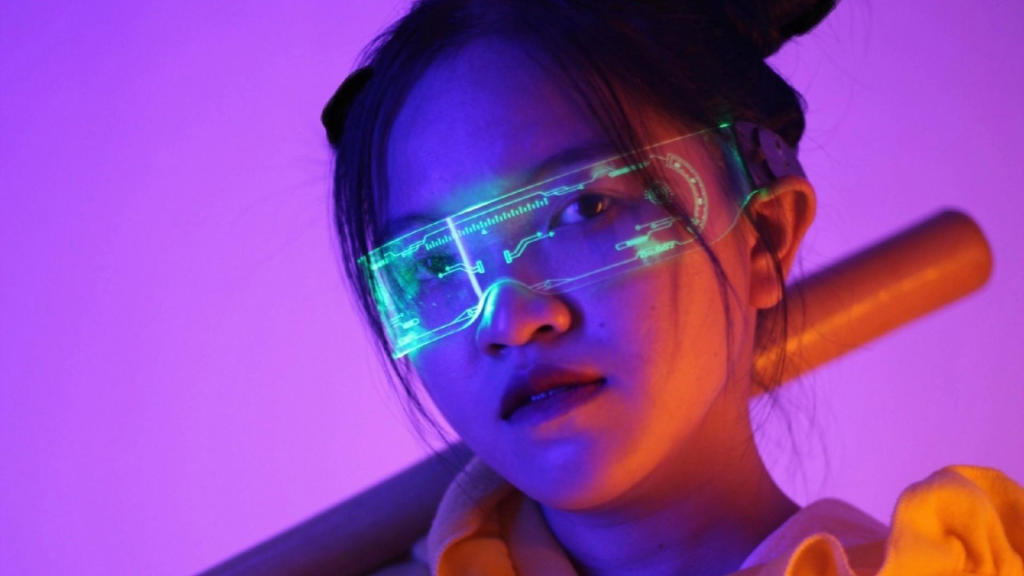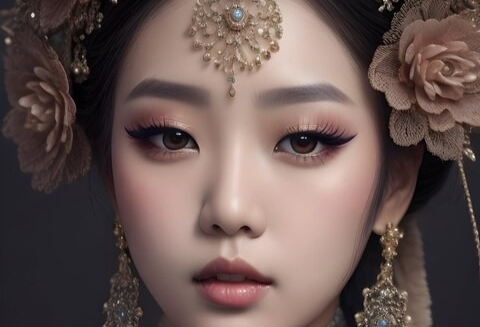Gen Z – The influencer generation?

Gen Z in China is often called the “influencer generation” for good reason—they’re at the heart of shaping digital trends, consumer culture, and the online economy. Born between the mid-1990s and early 2010s, this group is super engaged online, especially on social media, and they’re known for their tech-savvy nature and unique buying habits. Here’s a closer look at why they have such a big influence:
Growing up in a digital world, Chinese Gen Z is “mobile-first,” meaning they do everything from their smartphones—whether it’s browsing the internet, chatting with friends, or shopping. They’re incredibly comfortable with tech, apps, and social platforms, which makes them natural content creators and influencers.

They’re active on platforms like Weibo, Douyin (China’s version of TikTok), Xiaohongshu (Little Red Book), Bilibili, and Kuaishou. But they don’t just scroll and like posts—they’re busy creating too. From videos and reviews to lifestyle content, they’re shaping trends that influence not only their peers but even older generations.
What sets these influencers apart from traditional celebrities is that many of them come from everyday backgrounds. Instead of polished, unattainable images, they share real, relatable content, which makes them super approachable. Micro-influencers (with a few thousand followers) and nano-influencers (with even smaller followings) are especially powerful. They often connect with niche communities and build strong, trust-filled relationships with their followers. Gen Z is more likely to trust an influencer who feels “real” over a flashy celebrity endorsement, especially when it comes to fashion, beauty, tech, or gaming products. While traditional KOLs (Key Opinion Leaders) are still big, KOCs (Key Opinion Consumers) are gaining ground. These are regular consumers who share their product experiences with their social circles or smaller online groups. This down-to-earth approach feels personal and trustworthy, which really clicks with Gen Z.

Gen Z is also shaking up e-commerce in China. Platforms like Douyin and Xiaohongshu are no longer just for fun—they’ve become serious shopping hubs. Influencers on these apps review, promote, and sell products, blending social media with e-commerce. Gen Z’s shopping experience is very much influenced by what they see online, and they’ve changed the way e-commerce works by making it more social. Platforms like Xiaohongshu thrive on user recommendations and reviews, many from Gen Z influencers. These platforms combine social aspects with easy purchasing options, turning shopping into an interactive experience. Gen Z loves instant feedback and fast results, so they’re drawn to flash sales and influencer-driven content that sparks excitement around product launches or limited-time offers.
Another trend that’s important to Chinese Gen Z is Guochao (国潮), which reflects pride in Chinese culture. Influencers are mixing traditional Chinese aesthetics with modern pop culture, and this really strikes a chord with their audience. This generation also cares deeply about sustainability, inclusivity, and social responsibility, so when brands team up with influencers who share these values, they often find success.

In short, Gen Z in China is truly the “influencer generation.” Their connection with digital platforms, their unique shopping habits, and their love of content creation are pushing brands to rethink how they do business. They’re shaping trends and transforming how e-commerce, entertainment, and fashion are consumed and marketed. With their focus on self-expression, authenticity, and technology, they’re setting the stage for the future of digital influence in the world’s largest online market.
 Oriens
Oriens